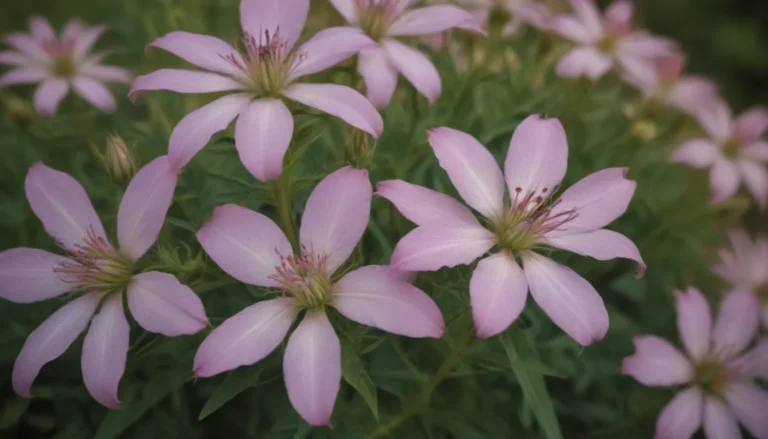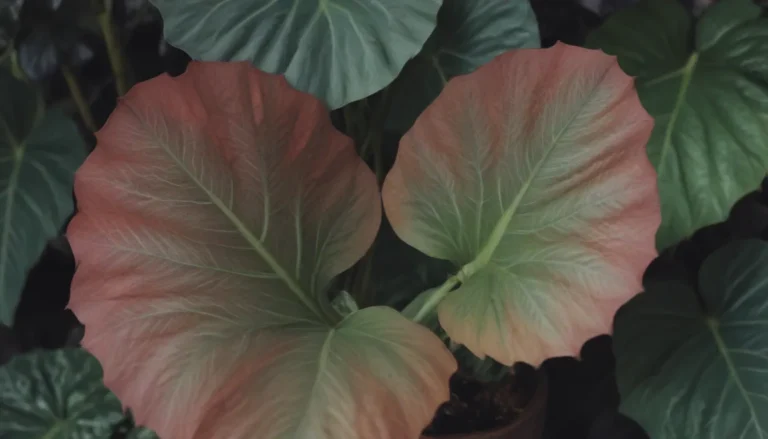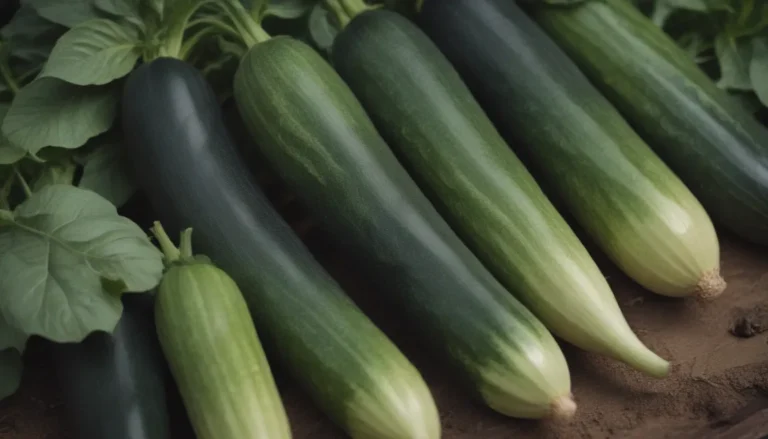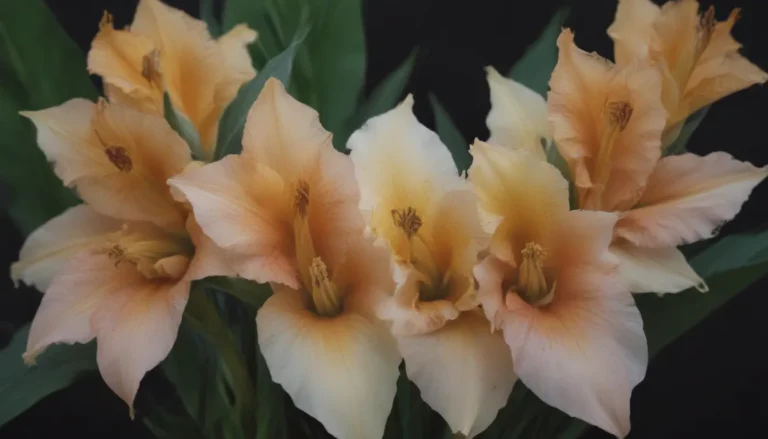Complete Guide to Growing and Caring for Oxalis Plants
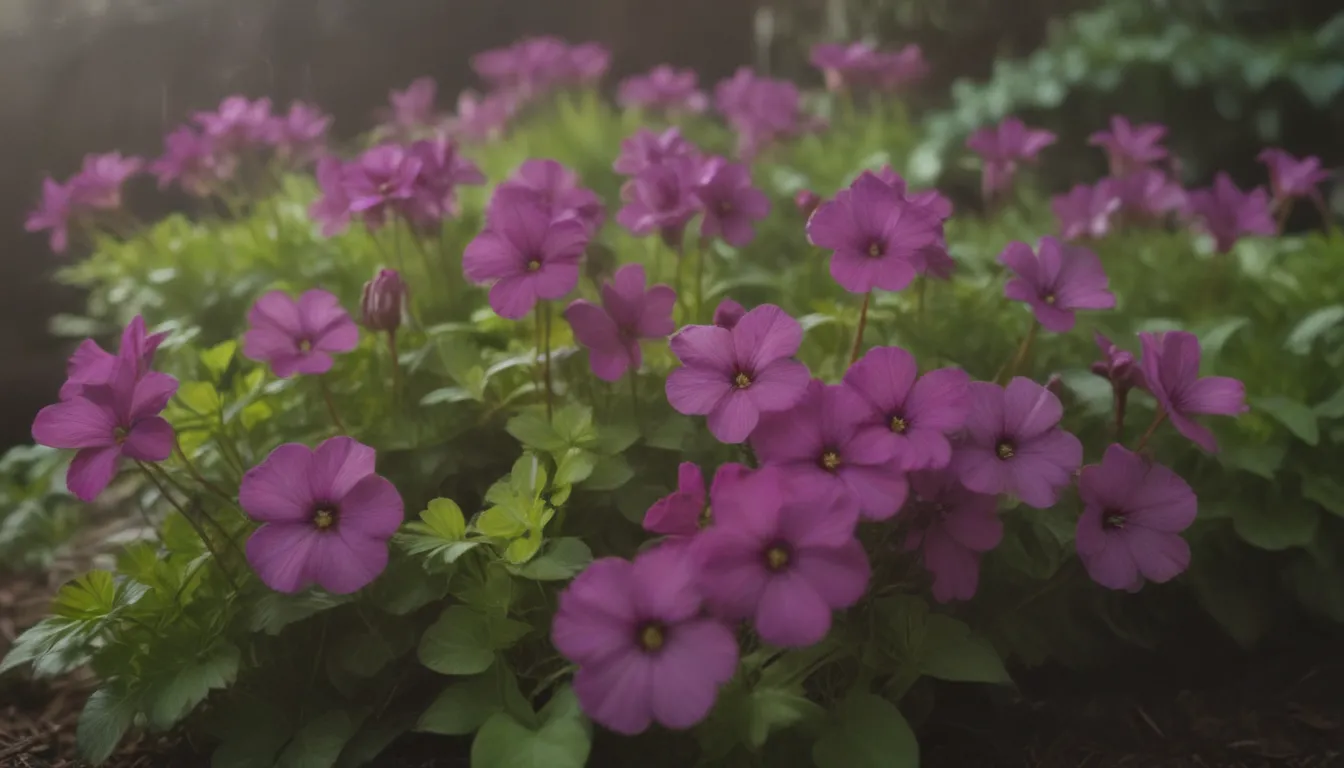
Welcome to our comprehensive guide on how to grow and care for Oxalis plants! Whether you’re a seasoned gardener or a beginner looking to expand your plant collection, Oxalis is a unique and beautiful addition to any garden or indoor space. In this article, we will cover everything you need to know about these charming plants, from planting and care tips to common problems and how to encourage blooming. Let’s dive in!
Introducing Oxalis Plants
Oxalis, or Oxalis spp., is a genus of diminutive plants known for their distinctive leaf shapes and unique characteristics. With over 550 species to choose from, Oxalis plants come in a variety of colors and forms, making them a popular choice for both indoor and outdoor gardening. Commonly referred to as Shamrocks, these plants are often associated with the annual St. Patrick’s Day celebration in early March.
Types of Oxalis Plants
Before we delve into planting and care tips, let’s take a closer look at some popular types of Oxalis plants:
- Purple Shamrock (Oxalis triangularis)
- Candy Cane Sorrel (Oxalis versicolor)
- Tropical Woodsorrel (Oxalis hirta)
- Redwood Sorrel (Oxalis oregana)
- Silver Shamrock (Oxalis adenophylla)
With their varying colors and growth habits, these Oxalis varieties offer a wide range of options for every gardener’s preference.
Planting Oxalis
How and When to Plant Oxalis
- Ideal Growing Conditions: Oxalis plants thrive in areas with cool summers and mild winters. If you live in a region with hot summers, choose a north-facing location with afternoon shade for your plants.
- Planting Corms: Corms can be planted in pots or trays in autumn for indoor or outdoor cultivation. Plant corms vertically with the narrow end pointing up and space them according to the planting guidelines.
- Outdoor Planting: For outdoor planting, choose a location with fertile, well-draining soil. Garden plants benefit from compost added to the soil, while houseplants thrive in a mix of indoor potting soil with sand or grit.
Caring for Oxalis Plants
Light
- Sun Exposure: The amount of sunlight Oxalis plants need depends on the species. Most varieties prefer bright indirect light in the morning and afternoon shade to prevent heat stress.
- Tropical Varieties: Tropical Oxalis plants can tolerate more direct sunlight, especially if they are hardy in USDA zones 9 to 10.
Soil
- Well-Draining Soil: Plant Oxalis in fertile, well-draining soil with a slightly acidic pH. Adding compost to the soil can enhance plant growth and vigor.
- Houseplant Mix: For indoor plants, use a mix of indoor potting soil with added sand or grit to improve drainage.
Water
- Watering Schedule: Oxalis plants prefer dry conditions and should be watered every 1 to 2 weeks, except during extended heat periods.
- Dormancy Period: Most Oxalis plants enter a dormant phase in late summer or early autumn. During this time, withhold water until new growth appears in late winter or early spring.
Temperature and Humidity
- Ideal Conditions: Provide temperatures between 60 and 75 degrees Fahrenheit for optimal growth. Tropical varieties may require additional humidity in indoor environments.
- Winter Protection: Protect Oxalis plants from frost by bringing potted plants indoors or digging up corms for storage.
Fertilizer
- Organic Enrichment: Enrich soil with compost and organic nutrients for best results. Alternatively, use a slow-release fertilizer at the beginning of the growing season.
- Houseplant Feeding: Feed houseplants monthly with a diluted, liquid, all-purpose houseplant food, and discontinue feeding during dormancy.
Pruning and Propagating Oxalis
Pruning
- After flowering: Remove brown and dead foliage to maintain plant health and appearance.
- Deadheading: Trim spent flowers by removing the entire stem at the base for a tidy look.
Propagating
- Division: Oxalis plants multiply rapidly, allowing for easy division when new growth emerges in early spring. This process can help expand your plant collection or share with fellow gardening enthusiasts.
Potting and Repotting
- Transplanting: When transplanting Oxalis seedlings, use a deep container with a mix of potting soil and sand or grit for optimal drainage.
- Annual Maintenance: Divide potted Oxalis plants annually or move them into larger containers to accommodate growth.
Overwintering Oxalis Plants
- Indoor Protection: Bring outdoor potted Oxalis plants indoors when temperatures drop below 50 degrees Fahrenheit.
- Dormancy Care: Allow plants to go dormant by withholding water and fertilizer, and remove dead foliage for winter protection.
Common Pests and Diseases
- Pest Control: Watch out for spider mites and leafminers, which can damage Oxalis foliage. Treat infestations with neem oil or appropriate pesticides.
- Fungal Infections: Address fungal issues such as mildew, leaf spots, and rust with fungicides to protect plant health.
Encouraging Blooming in Oxalis Plants
- Dormancy Period: To promote flowering, allow Oxalis plants to go through a period of dormancy by withholding water and fertilizer.
- Optimal Conditions: Select species native to your growing zone and provide suitable sunlight, heat levels, and moisture for successful blooming.
Conclusion
In conclusion, growing and caring for Oxalis plants can be a rewarding experience for gardeners of all levels. By following our tips and guidelines, you can cultivate healthy and vibrant Oxalis specimens that brighten up your indoor spaces or garden beds. Remember to provide the right conditions, maintain proper care routines, and watch out for common pests and diseases to ensure your Oxalis plants thrive. Happy gardening!
